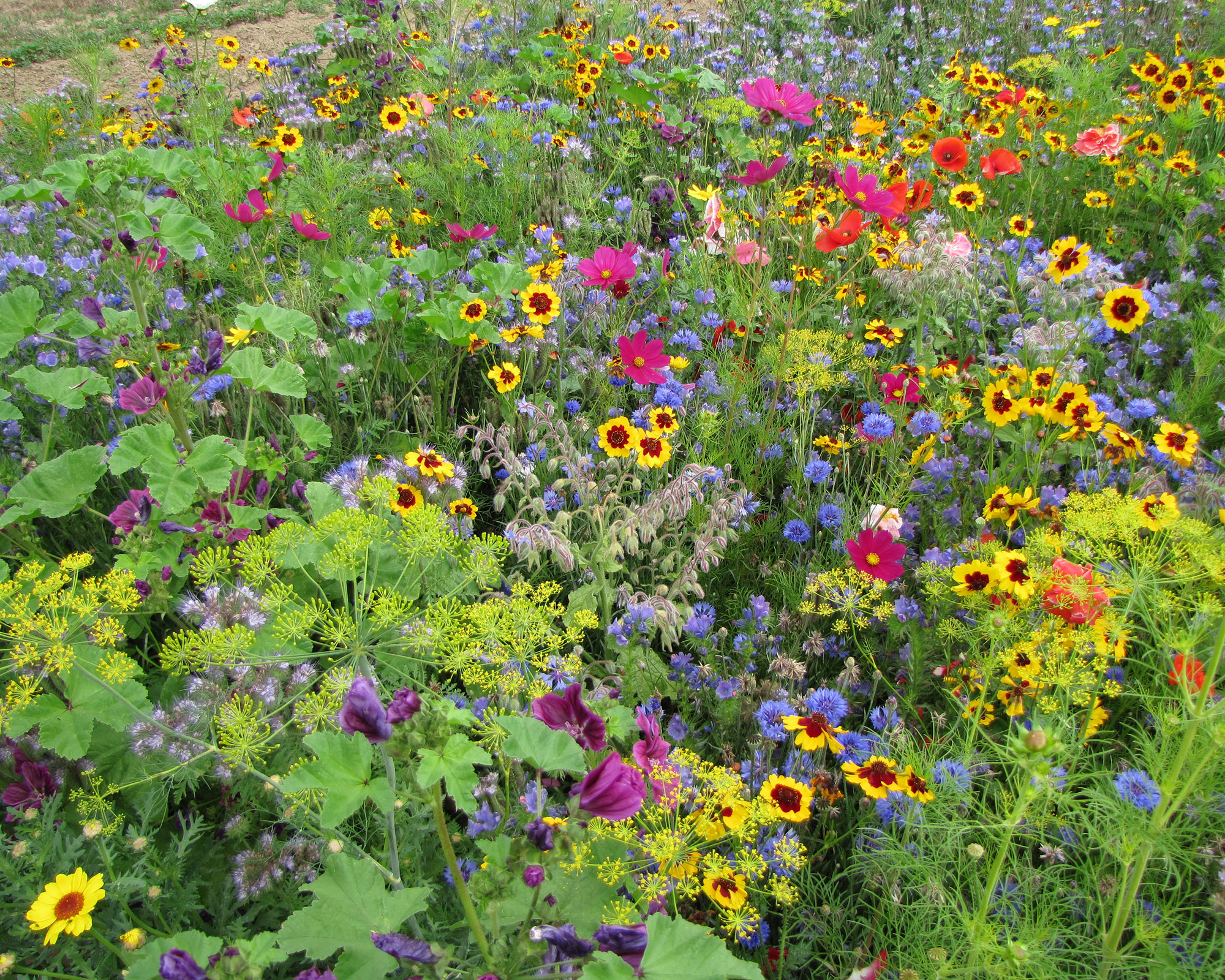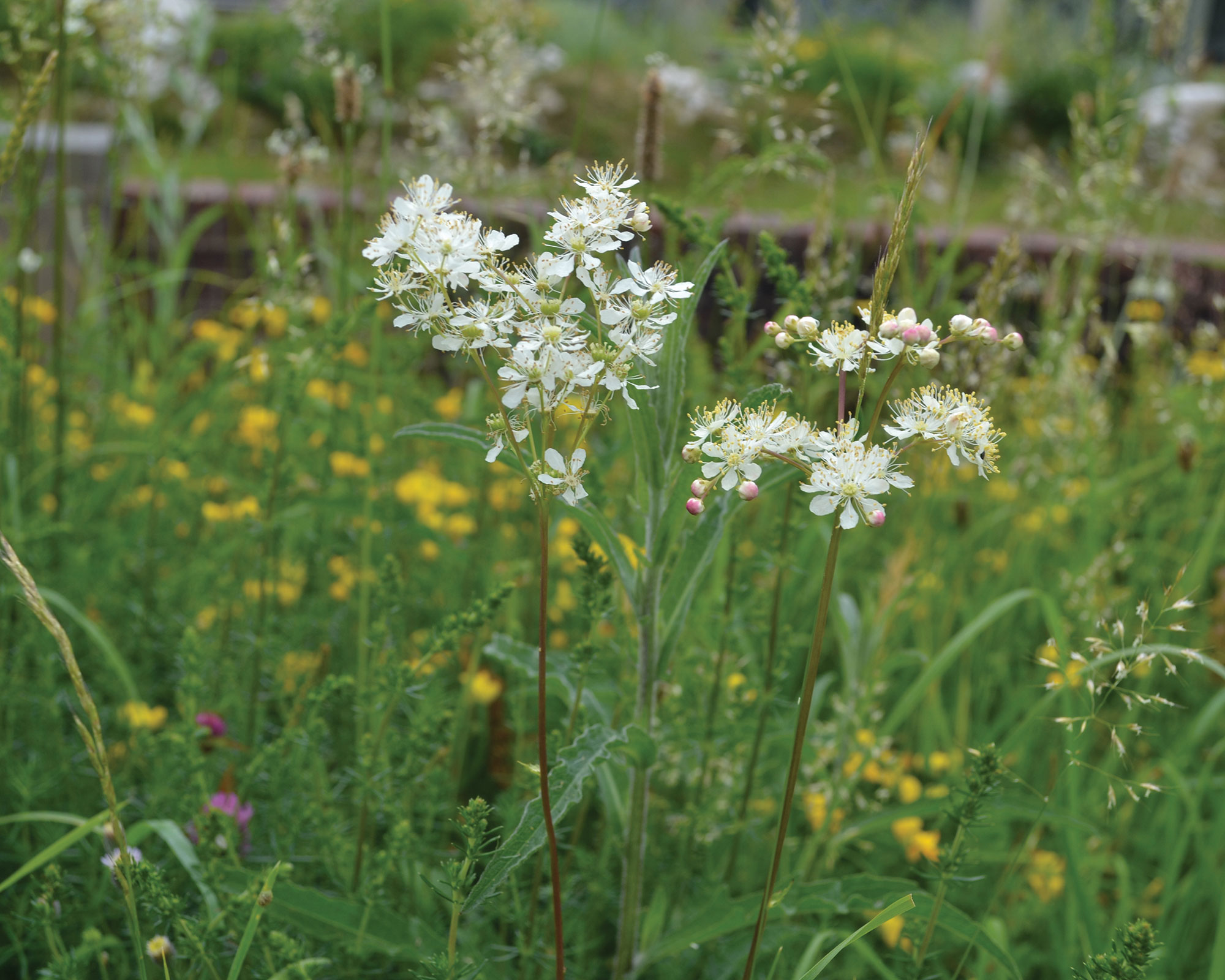Bee-friendly wildflowers are this spring's hottest planting trend
Sales of bee-friendly wildflowers are buzzing this season. Experts share advice on how to get the best out of these pollinator-friendly plants


Planting wildflower seed mixes is one of the easiest ways to attract bees to your garden and it’s more popular than ever this spring, making it one of the top garden trends as we head towards summer.
Letting a section of your garden grow a little wilder can have so many benefits for wildlife in your plot, not least because it will provide lots of essential nectar for pollinating insects. It's a really simple way to attract everything from bees to butterflies to your plot, something we should all be looking to do in our outside spaces.
'Thompson and Morgan has sold 67 per cent more of its pollination collections this year than in 2020,' says Annelise Brilli, the company's horticultural expert. 'And wildflower mixes are proving especially popular.'
If you want to jump on this wildlife-friendly garden trend, there are a few simple things to consider.

If you want to learn how to plant a wildflower meadow, random scattering of seed sounds romantic, but it can lead to ‘clumping’ of one particular variety in a particular area. If you’d like to exert more control over what you plant where, choose specific varieties.
'Alternatively, if you already have a patch of grass where you want to establish some wildflowers, you can sow seed into plugs and then plant the plugs into your lawn,' says Annelise Brilli. 'Planting out is best done in autumn and the plugs should be watered well afterwards. Ensure that they don’t dry out and water at frequent intervals whilst they establish.'

Use natural controls
A sweeping wildflower meadow, vibrant with colors and different plants for pollinators, looks beautiful, but things can soon get out of control. Savvy wildflower gardeners use natural methods and companion planting to prevent invasive plants taking over.
'The thing that is really important to enhance your meadow is this plant called yellow rattle (Rhinanthus minor),' says gardener Sarah Raven. 'Yellow rattle is parasitical on the stronger grasses, but it needs to feed on the fescues so you need a good mix of grasses. It reduces their strength and by doing that it then opens up what’s called the sward, which is the mix of grass and allows the wildflowers to come and seed through it. And that is why it such an essential stage in the development of a wildflower meadow, you need yellow rattle, and you sow that in the autumn with very fresh seed.'

Knowing how to get rid of dandelions in a lawn can also be helpful when trying to establish a wildflower area. 'Remove unwanted invasive species, such as docks, dandelions and thistles as you soon as they appear,' says Oliva Drake, Suttons horticultural expert. 'Dig them out by hand before they set seed.'
Will you be trying this wildlife garden idea in your own plot this year?

Jayne Dowle is an award-winning gardening, homes and property writer who writes for publications including Sunday Times Home, Times Bricks & Mortar, Grand Designs, House Beautiful and The Spectator. She was awarded the Garden Journalist of the Year accolade at the Property Press Awards in 2021.
